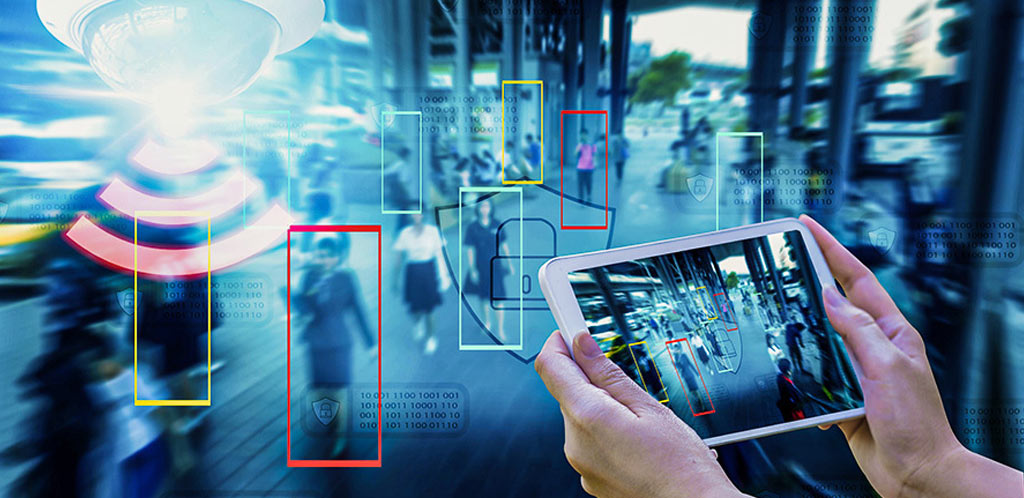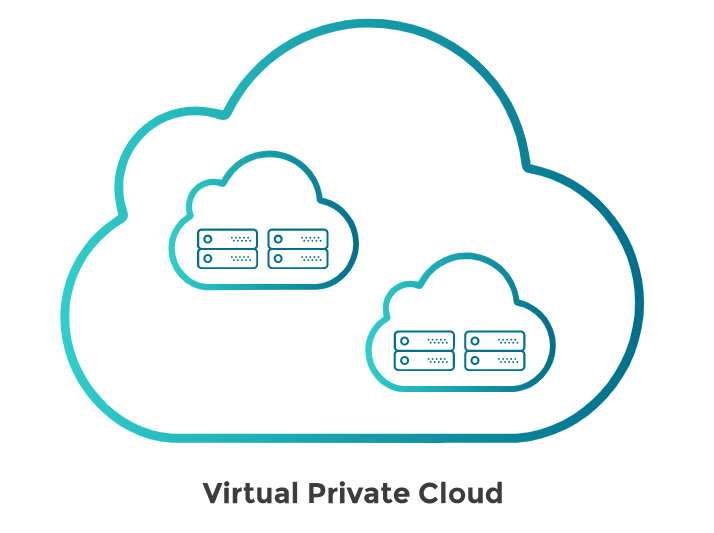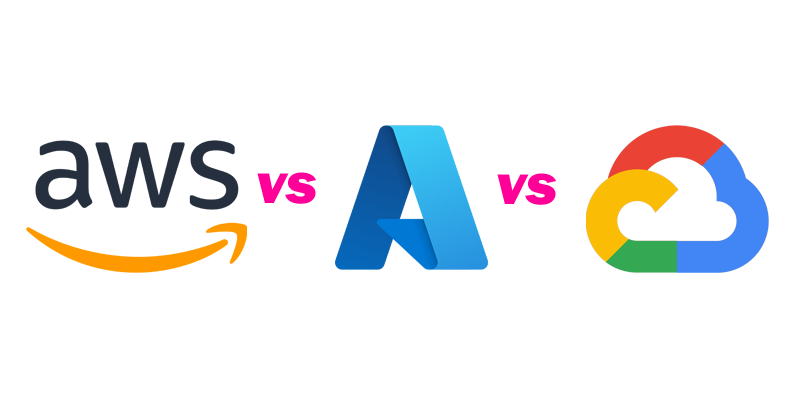Video Analytics has evolved greatly in the physical industry via its comprehensive security and surveillance features like facial recognition, object detection, and intrusion alert. However, the recent advancement in AI, particularly in machine learning, has sparked renewed interest in business owners. They are now eager to explore the potential of video analytics in operations management too. In this piece of writing, we will discuss how you can improve your business operations through video analytics.
1. Mass Transit in Busy Cities
Mass transit industries that move thousands or even more passengers daily, can avoid congestion and curb crimes and accidents, all with the help of video analytics. It also presents them with an opportunity to improve their service quality. Where a heavily crowded transit platform is good news for transit industries, at the same time, it is a discouragement for the passengers because no one has got that much time to waste.
With the proficient use of video analytics, transit companies can record how many passengers are expected at different times. This enables them to allocate their resources efficiently and spare passengers from waiting endlessly, smoothing out traffic flow and keeping the passengers on the go.
2. Improved Shopping Experience
When it comes to retail stores, meeting your customers’ core needs and preferences is the key. Features such as people counting, heat detection and behaviour analytics can equip store owners to increase conversion rates and give their customers a wholesome shopping experience.
Video analytics can serve here, too; you can keep track of the moving pattern of your customers, their most frequent purchases and buying combinations. This information can be used for optimizing store layout and improvising product placement. With prior knowledge of the busiest time of day, staff can prepare in advance. Besides, this data will also help analyze the performance of marketing initiatives, mainly before and after promotional campaigns.
3. Efficient use of Office space
After the pandemic, many companies preferred a hybrid model, and the split between work-from-home and work-from-office has led organizations to reconsider the usage of their office space. Because obviously, why do you want to switch on extra lights and ACs more than required?
Again, this can be done with the help of video analytics; in that sense, you can monitor the total number of employees coming to the office each week and spot days when there is a spike in attendance. When one small room can accommodate four people, then what is the point of having a large room? Using this data, companies can save resources, which will help them cut operational costs and direct their investment into those areas where there is productivity.
4. Enhancing Passenger Journey through Airports
The airport is a bustling gateway that has a lot going on; it’s that point where security is on high alert. This place has a vague opening or closing time, so it bears a lot of pressure on the operations teams, who are already head over heels to improve the overall passenger journey.
But now, many airports rely on video analytics to gain insights into passenger journeys from admission to the final gate. By using people counting and motion tracking, they can spot crowded regions, roadblocks, and the cause of delays and use this information to optimize the flow of passengers. Buying them more time to spend in restaurants and shopping. Thus, generating more revenue and, simultaneously, giving travelers a happy airport journey.
Conclusion
Video analytics will become an all-powerful tool in the future as it gives rise to many opportunities for businesses in any industry. When customer-centric businesses are brought into context, video analytics has the highest potential. Businesses can capture buying patterns and demographics to understand their customers better. This can also produce more sales and give them a reason to rethink their marketing strategy.
Applying video analytics in your business environment can help you decide which application is most suitable for your business that will accurately fulfill your day-to-day business operation needs and increase growth and productivity.





















